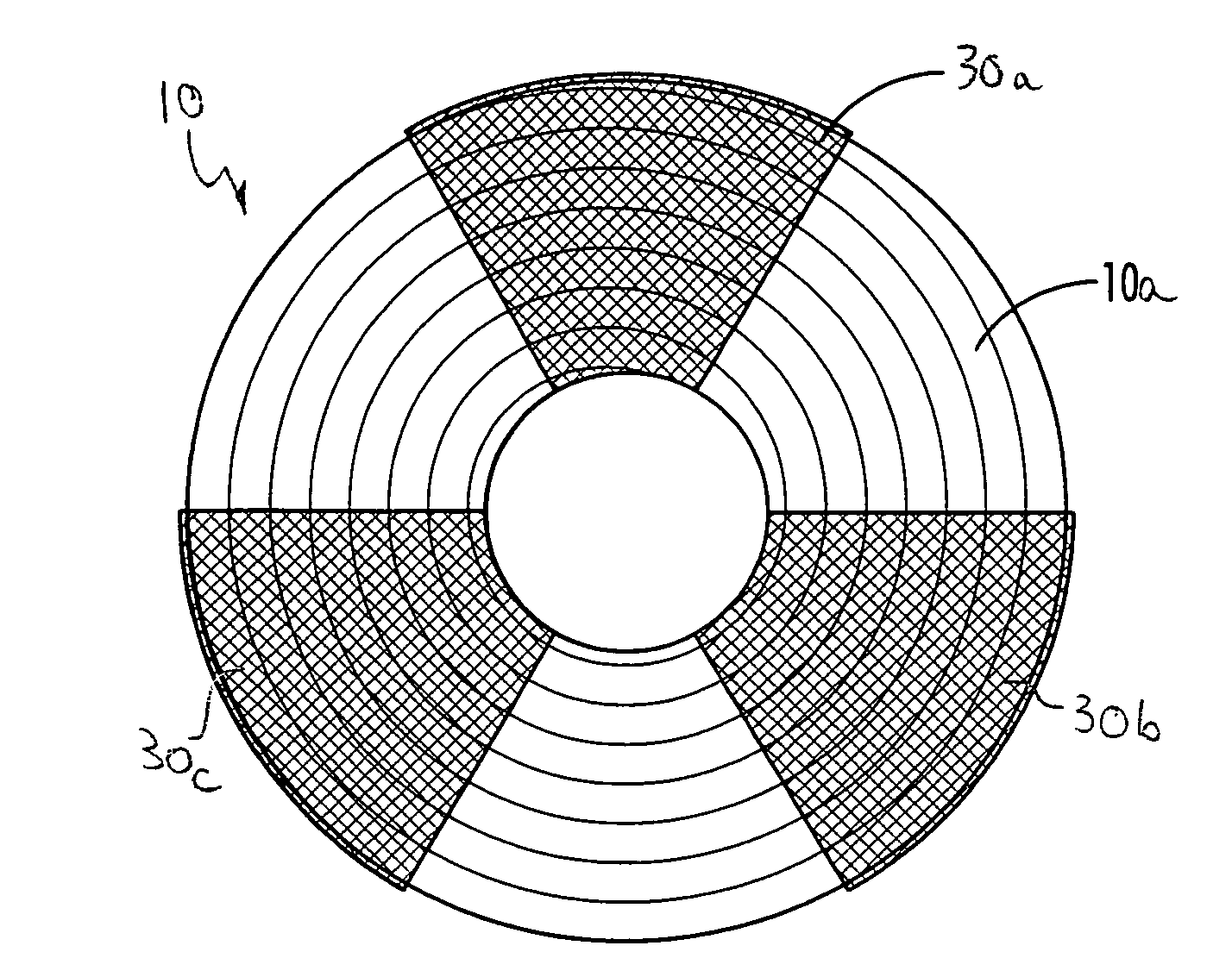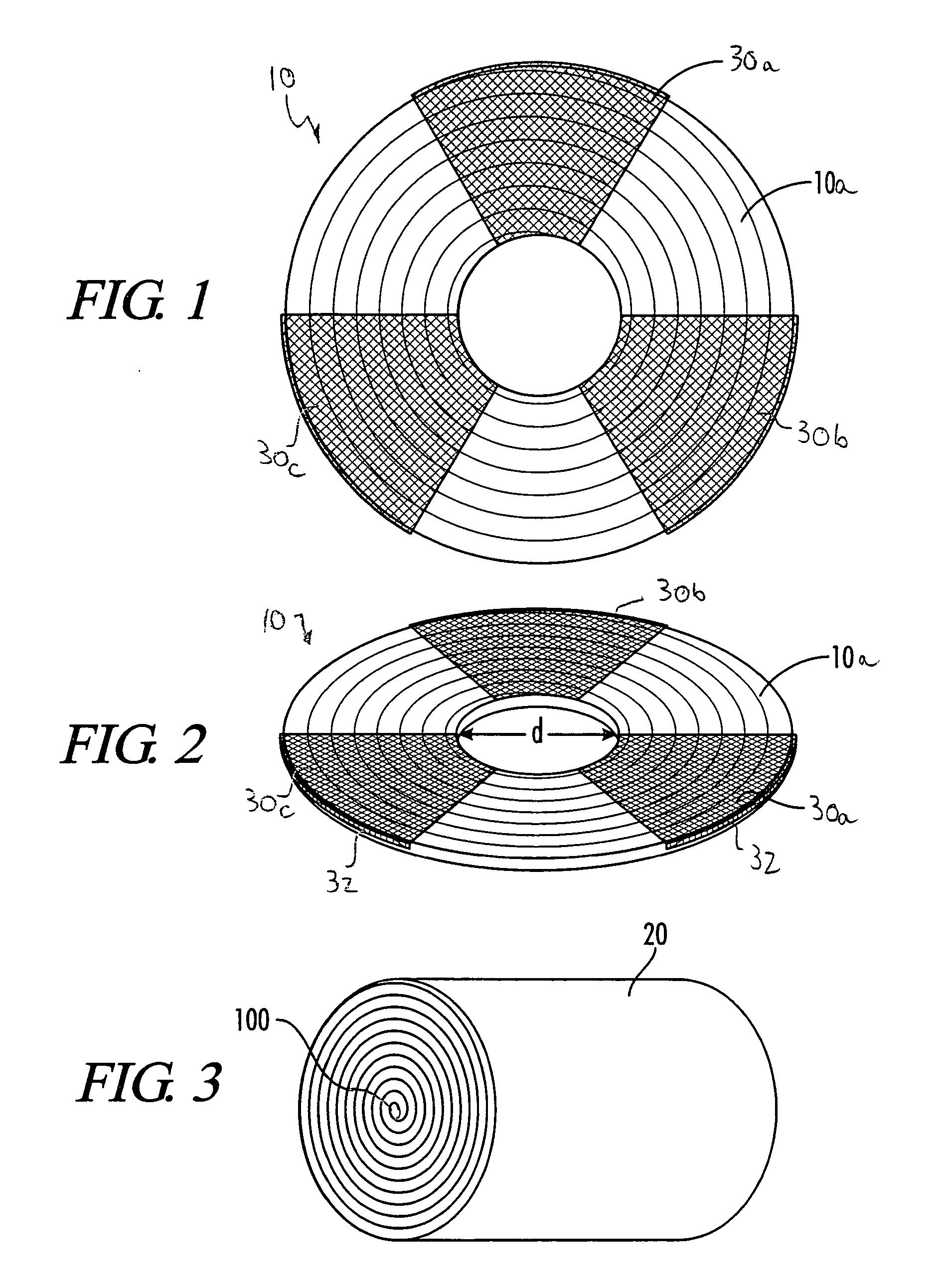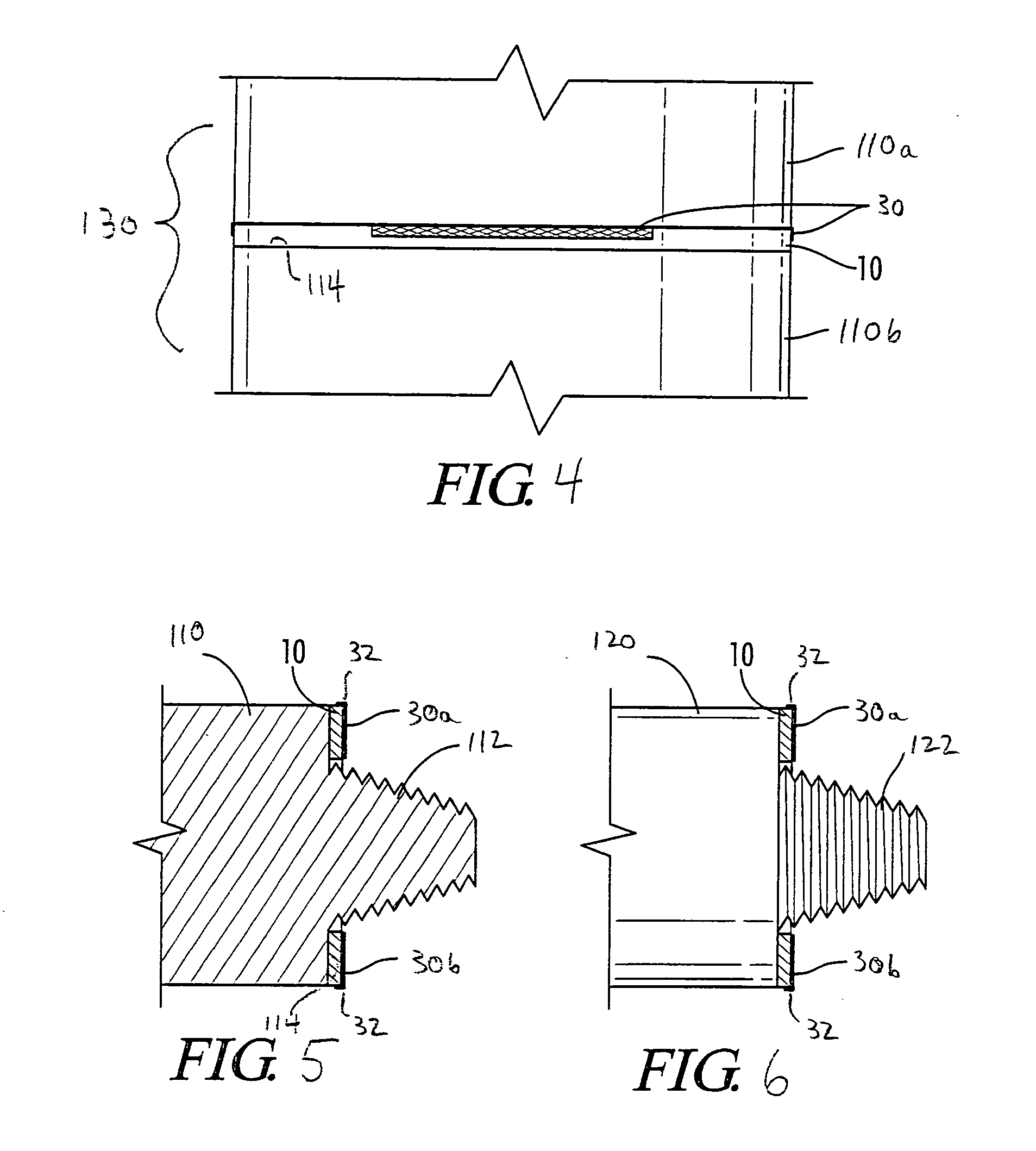Locking ring for graphite electrodes having friction layer
a technology of graphite electrodes and locking rings, which is applied in the direction of process efficiency improvement, electric discharge heating, electric apparatus, etc., can solve the problems of reducing the effectiveness of the electrode column in conducting the electrical current, separating the joints, and separating the joints, so as to reduce or eliminate the tendency of the electrode joints, improve the resistance to unscrewing, and improve the strength and stability
- Summary
- Abstract
- Description
- Claims
- Application Information
AI Technical Summary
Benefits of technology
Problems solved by technology
Method used
Image
Examples
Embodiment Construction
[0026] Graphite electrodes can be fabricated by first combining a particulate fraction comprising calcined coke, pitch and, optionally, mesophase pitch or PAN-based carbon fibers into a stock blend. More specifically, crushed, sized and milled calcined petroleum coke is mixed with a coal-tar pitch binder to form the blend. The particle size of the calcined coke is selected according to the end use of the article, and is within the skill in the art. Generally, in graphite electrodes for use in processing steel, particles up to about 25 millimeters (mm) in average diameter are employed in the blend. The particulate fraction preferable includes a small particle size filler comprising coke powder. Other additives that may be incorporated into the small particle size filler include iron oxides to inhibit puffing (caused by release of sulfur from its bond with carbon inside the coke particles), coke powder and oils or other lubricants to facilitate extrusion of the blend.
[0027] After the...
PUM
| Property | Measurement | Unit |
|---|---|---|
| diameter | aaaaa | aaaaa |
| softening point | aaaaa | aaaaa |
| diameter | aaaaa | aaaaa |
Abstract
Description
Claims
Application Information
 Login to View More
Login to View More - R&D
- Intellectual Property
- Life Sciences
- Materials
- Tech Scout
- Unparalleled Data Quality
- Higher Quality Content
- 60% Fewer Hallucinations
Browse by: Latest US Patents, China's latest patents, Technical Efficacy Thesaurus, Application Domain, Technology Topic, Popular Technical Reports.
© 2025 PatSnap. All rights reserved.Legal|Privacy policy|Modern Slavery Act Transparency Statement|Sitemap|About US| Contact US: help@patsnap.com



